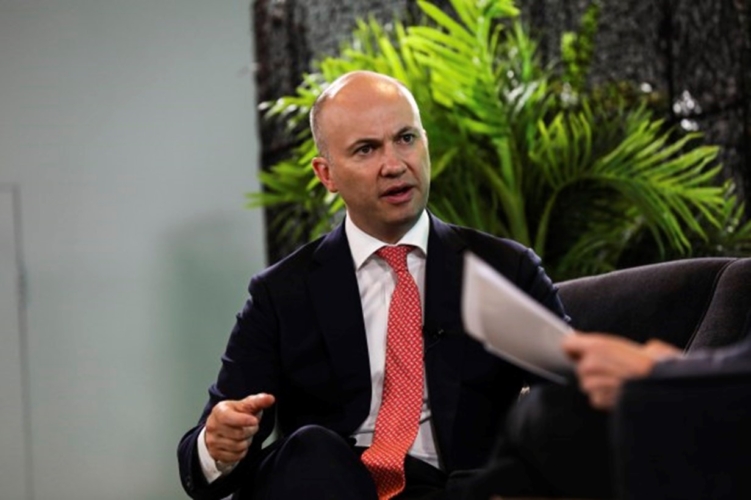13/10/21: AFR

Up to $3 billion in incentives will be on offer from the NSW government as part of a new strategy for hydrogen in the state that the government expects will help attract more than $80 billion of investment in clean energy by 2050.
Treasurer and Energy Minister Matt Kean said the strategy, which is primarily aimed at renewables-based hydrogen, would set NSW up as a global leader in the fuel and is expected to grow the size of the state’s economy by more than $600 million by 2030.
NSW Treasurer and Energy Minister Matt Kean wants to develop a world-leading hydrogen industry in the state.
It is forecast to more than halve the cost of green hydrogen production in NSW and support the $70 million development of hydrogen hubs in the Illawarra and Hunter regions, providing clean fuels for industry coming under intense pressure to decarbonise.
Hydrogen projects are expected to use electrolysers powered by green energy generated in NSW’s Renewable Energy Zones that split water into hydrogen and oxygen.
NSW’s hydrogen strategy, to be officially launched on Wednesday, looks set to further ramp up the rivalry between state governments to attract international investment in hydrogen, which has the potential to provide low-carbon fuel for industry and for power generation, as well as for heavy trucks.
Huge buyers of Australian LNG and coal, such as Korean steelmaker Posco and Tokyo Electric Power Co, are mulling significant investments in low-emissions hydrogen in Australia to source fuel that can help them slash their carbon footprint.
“Our major trading partners see hydrogen as part of their energy future, this state has the skills, infrastructure and renewable energy resources to compete globally in this new industry,” said NSW Premier Dominic Perrottet.
The strategy is a “game-changer” not just for the energy sector but for the whole of the NSW economy, said Shaun Reardon, executive general manager of networks at gas distributor Jemena, which is testing a green hydrogen project in western Sydney with the aim of injecting the fuel into the NSW network by early 2022.
“We know green hydrogen has a central role to play in the decarbonisation of the NSW gas distribution network, and that it will prove crucial in powering those industries that can’t be easily electrified, such as manufacturing,” Mr Reardon said.
The Clean Energy Council said in February that a specific hydrogen plan for NSW was vital for it to attract private investment in the sector and avoid giving away economic growth opportunities to states such as South Australia, Western Australia, Queensland, Tasmania and Victoria, which have each launched initiatives to support hydrogen deployment.
Several likely users of hydrogen have already emerged in NSW, with three proposed gas-fired power stations, by EnergyAustralia, Snowy Hydro and Andrew Forrest’s Australian Industry Energy, set to be able to run at least partly on the fuel.
Meanwhile, Energy Estate is leading a group of businesses, including AGL Energy and APA Group, with ambitions to develop large-scale green hydrogen production, transportation and export project in the Hunter region.
The strategy includes exemptions from government charges for green hydrogen plants a 90 per cent exemption from electricity network charges for those connecting into parts of the grid with spare capacity.
Incentives will be on offer for green production while a hydrogen refuelling station network will be rolled out as part of the ambition to build a supply chain that could also accommodate “blue” hydrogen made from gas.
Separately, a demonstration plant for renewable hydrogen is to be built next to the Kogan Creek coal power station in Queensland after successful results from a feasibility study by state-owned CS Energy and Japanese giant IHI Corporation.
The plant, which will produce 50,000 kilograms a year of hydrogen near Chinchilla, will be powered by a solar farm and battery.
Queensland’s hydrogen minister Mick de Brenni said the project was a chance for CS to “stake its territory in the hydrogen sector”, while the battery would provide stability for the power grid. Start-up is due in early 2023.
News of the plant comes just days after Rich Lister Andrew Forrest committed to building a $114 million plant in Gladstone to produce what would eventually be the world’s biggest production plant for electrolysers.
Subscribe to our free mailing list and always be the first to receive the latest news and updates.
